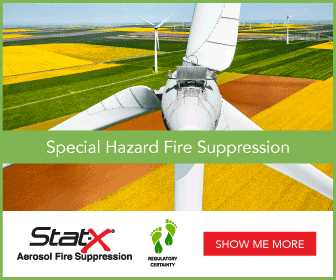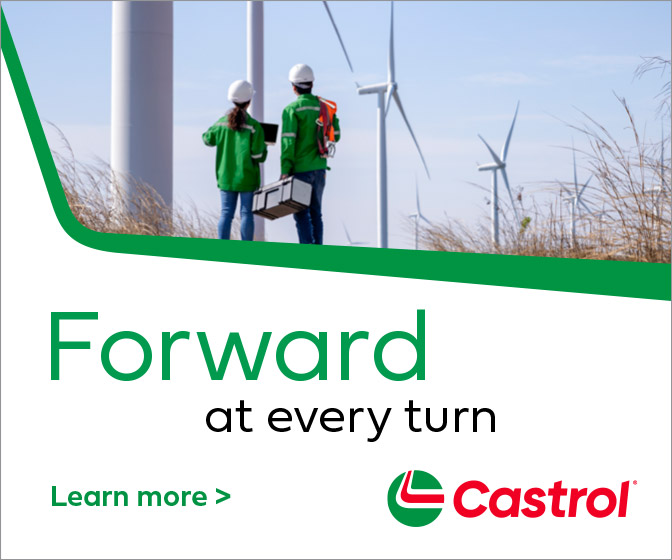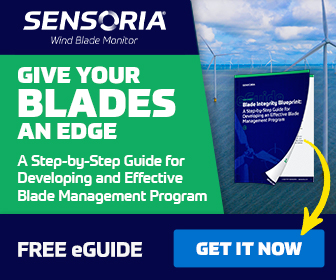Record Low Costs Drive Opportunities in U.S. Wind Energy: Industry sees 4x growth by 2030
Driven by record low costs and high demand from power purchasers, the U.S. wind industry was at its busiest ever in the third quarter while completing the record number of wind projects that were under construction at the start of the quarter.
So far, 19 wind projects have been completed in America this year, with as much wind generating capacity as in all of 2013, according to Third Quarter results released today. The American Wind Energy Association expects a strong finish to the year and stepped-up installations in 2015, CEO Tom Kiernan said Monday at the industry’s annual gathering for Wall Street investors at the Roosevelt Hotel in New York.
Kiernan said he is optimistic that Congress will continue the success story of the renewable energy Production Tax Credit, which has created a domestic wind industry supply chain with more than 500 factories in 43 states, by extending it after the election,
“The American wind industry responded to the extension of the Production Tax Credit in 2013 by setting new records for the number of new wind farms under construction and reaching the lowest wind energy costs ever seen,” Kiernan said.
“With continued technological innovation, wind energy has become so affordable that it offers utilities and consumers an irresistible value,” he added, citing recent Department of Energy (DOE) data showing the cost of U.S. wind power down by more than half over five years. “We believe Congress will do what it takes so we can keep these U.S. factories open and offer this increasingly affordable source of electricity to more Americans, instead of seeing the 92 percent dropoff we saw in 2013 when the tax credit was last allowed to expire.”
The DOE report also shows fix-priced wind energy is the most affordable energy option available, particularly after expected increases and volatility in the price of other energy sources are taken into account. Moreover, zero emission wind energy is ideally suited to help utilities comply with the pending EPA Clean Power Plan that will regulate emissions of carbon dioxide from existing power plants.
Extensions of the renewable energy Production Tax Credit (PTC) and alternative Investment Tax Credit are part of the EXPIRE Act, a bill that extends nearly 60 tax provisions now pending in the U.S. Senate. The PTC provides a lower tax rate to U.S. wind developers for the first 10 years of their projects, helping them compete with 100 years of incentives for other forms of power.
“The PTC helps correct flaws in the U.S. electricity market that does not value wind’s benefits for protecting the environment and consumers,” said Michael Goggin, AWEA Research Director. “Wind energy creates billions of dollars in economic value by drastically reducing pollution that harms public health and the environment, but wind developers do not get paid for that, even though consumers otherwise bear those costs.
“Stably-priced wind energy also protects consumers from price spikes for fuel, but that is not accounted for in the highly regulated electricity market because other energy sources get to pass their fuel price increases directly on to consumers,” Goggin said. “Policies like the PTC correct for those market failures to reach a more efficient market outcome.”
AWEA
www.awea.org
www.awea.org











.jpg?r=9584)
